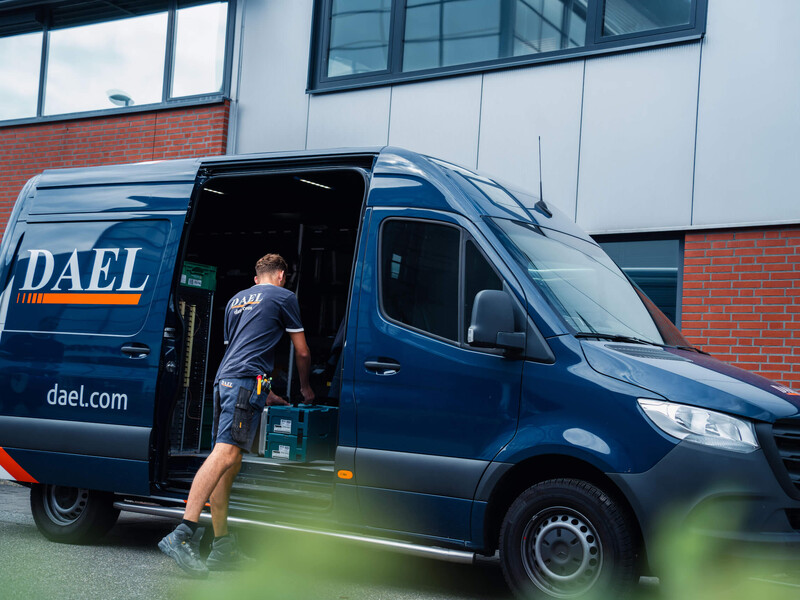CO2 results 2023
The DAEL Group is committed to reducing CO2 emissions to minimize the impact of its activities on the environment as much as possible. To do this as effectively as possible, we work with the CO2 Performance Ladder and calculate our CO2 footprint annually. We quantify our ambitions and make these transparent to our stakeholders. An overview of the results for the 2023 period can be viewed below.
























